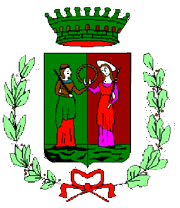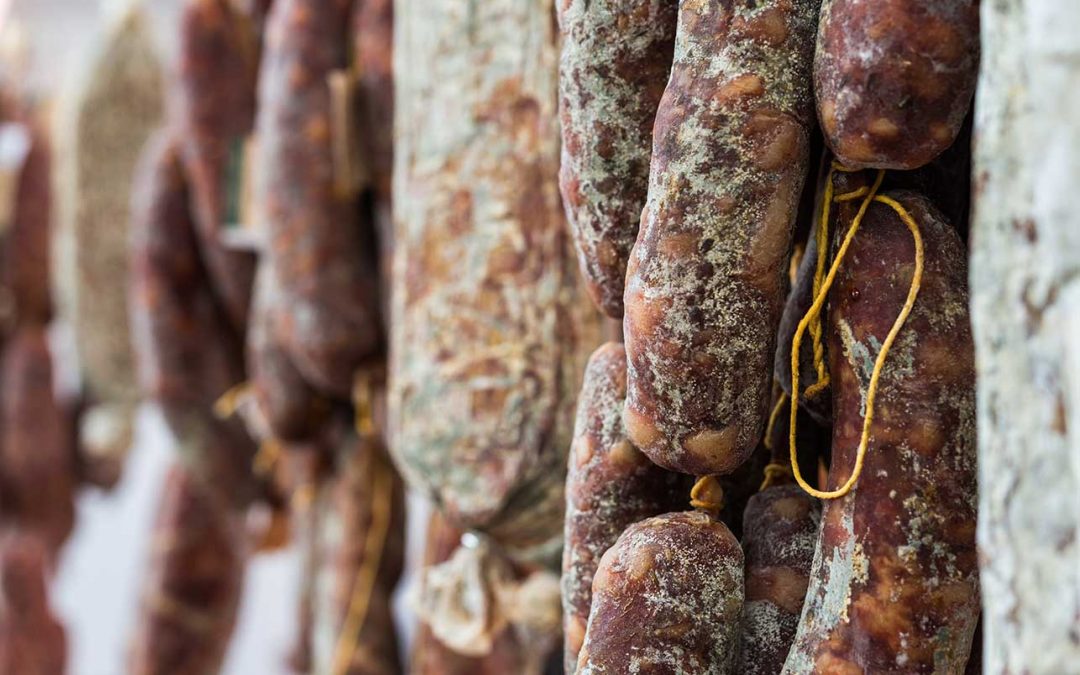Nothing is thrown away from the pork, says an old proverb. And when you think about it, it’s really true! Even the bones find an appropriate use, they become… jelly.
the tradition of pork
In the Monte Amiata tradition, the pork was slaughtered after the Epiphany, in late winter, when the cold becomes more intense, and before the austerity of Lent. He spent the last part of his life fattening, eating what was left over from the chestnut harvest and eating the acorns that fall from the oaks in autumn. The whole family participated in the killing of the pork, perhaps in some cases still participates. Who lights the fire, who puts the water to boil, then the knives are sharpened, salt and pepper are weighed. There are those who prepare the wooden boars. Do not think that there is something bloody, of course the pig dies, but in the series of gestures that this community carries out there is actually a story of love and respect. And the fact that every part of it is used is testimony to it. There is a butcher who directs the work, sometimes the grandfather or grandmother, the most experienced in short. Then everyone knows what to do. The first thing to do as soon as the animal is dead is to collect the blood, which will become Buristo. Then it splits in two, the intestines are removed, which are immediately washed, the brain is boiled. Then it is the turn of the lymph nodes (sweetbreads) that go into the pan, together with the kidneys, and other entrails and which will be consumed immediately, cooked in a pan and eaten with chestnut polenta.
Heart, lung and liver become liver-sausages, and then sausages and all “noble” cuts. The bones end up in the oven with the potatoes, the lard in a pan that boils for days on the fire and finally filtered, it is divided into lard and cracklings. The pork rinds, the legs and the head become Soppressata, then the cheek, the bacon and all cured meats, the ham and the very tasty Spalla. And then sausages, to eat fresh or to age, the Zia salami, a cured meat that is stuffed into the pig’s blind intestine, and the livers tied with a fennel stick, an ergonomic element par excellence that sews and flavors together.
The popular pork culture was resilient without knowing it. This means today not letting go of our origins, rediscovering the values of the past to face the challenges of the future. At the end of two days, the animal was placed, salted, bagged, put to season. In many cases up to Easter, when Lent was finished and the Schiacce with creacklings, the Capocollo, the Zia, a long-seasoned salami, were rediscovered. And around the pork two times were consumed, that of waiting, some products were then consumed only in April, and that of abundance, even if only for a day, and then up to the whole carnival, in which we were under the illusion of humble wealth.



Recent Comments